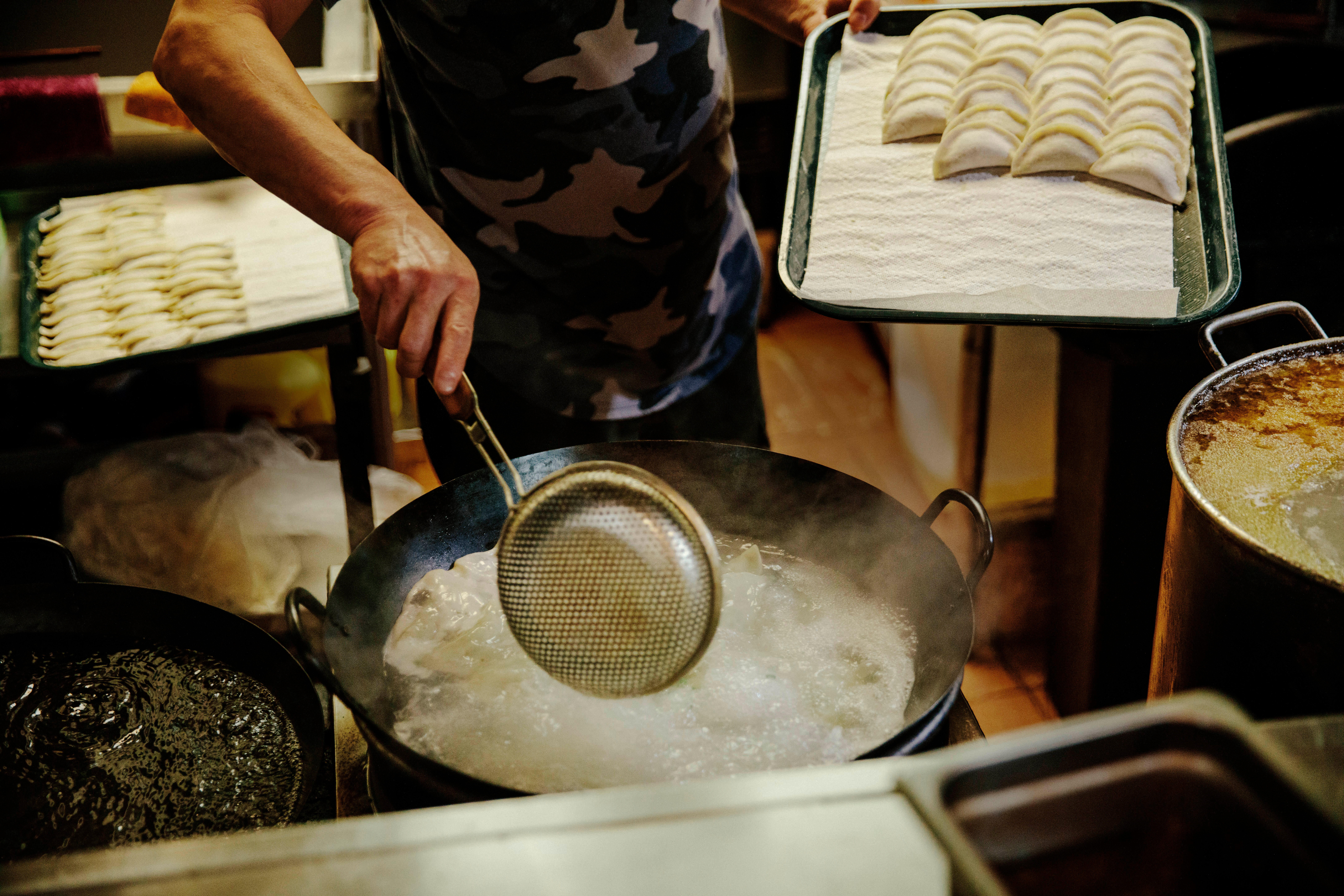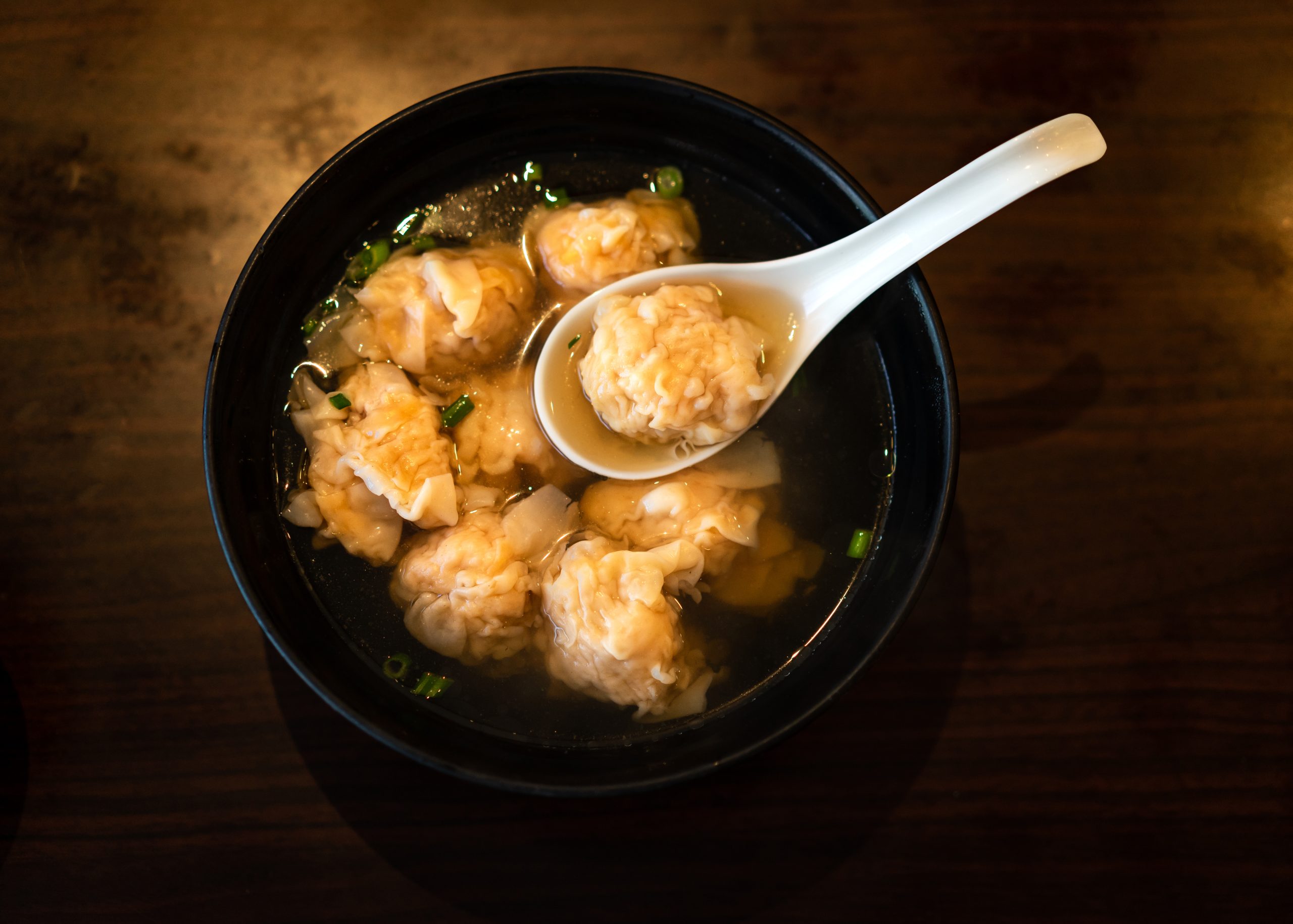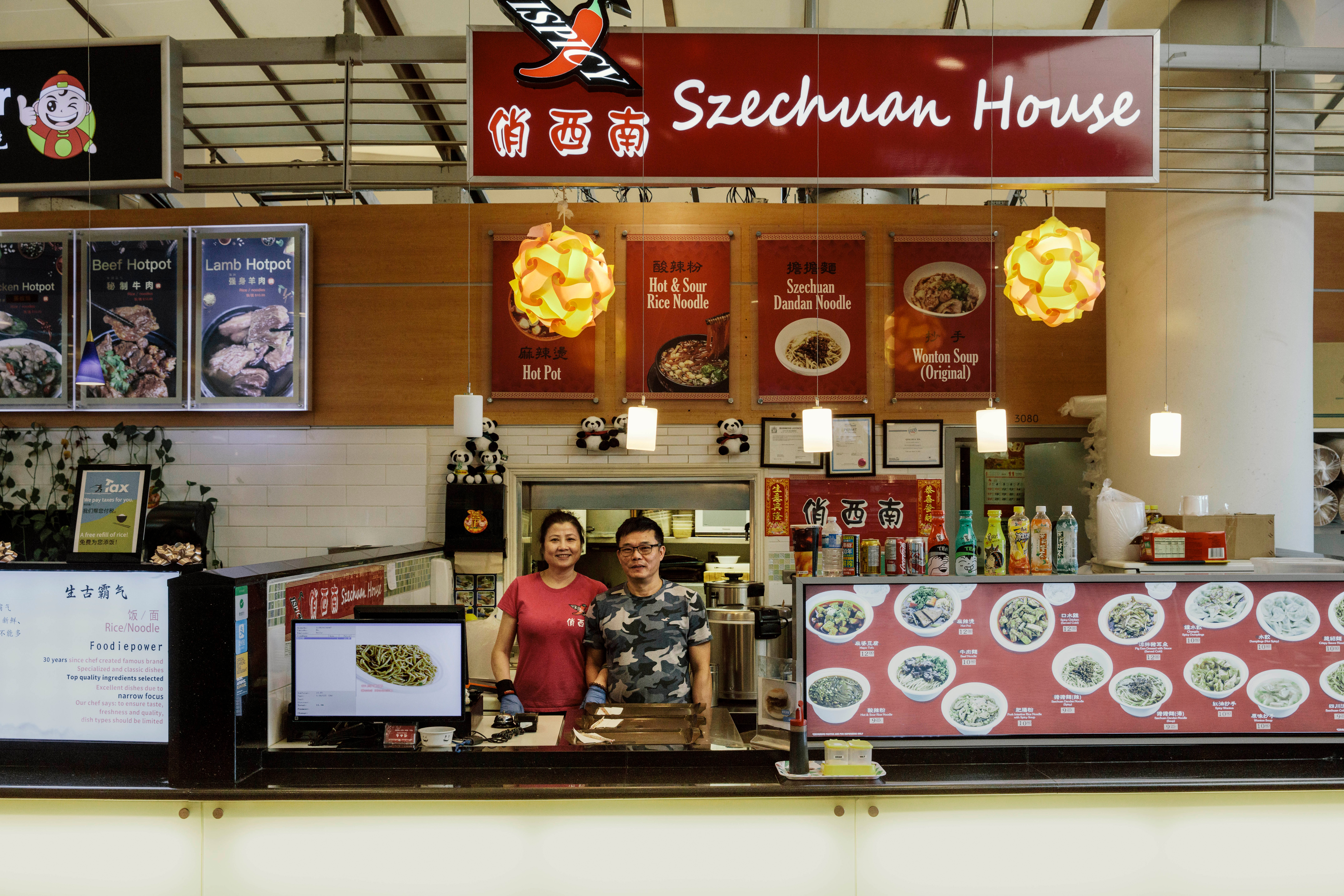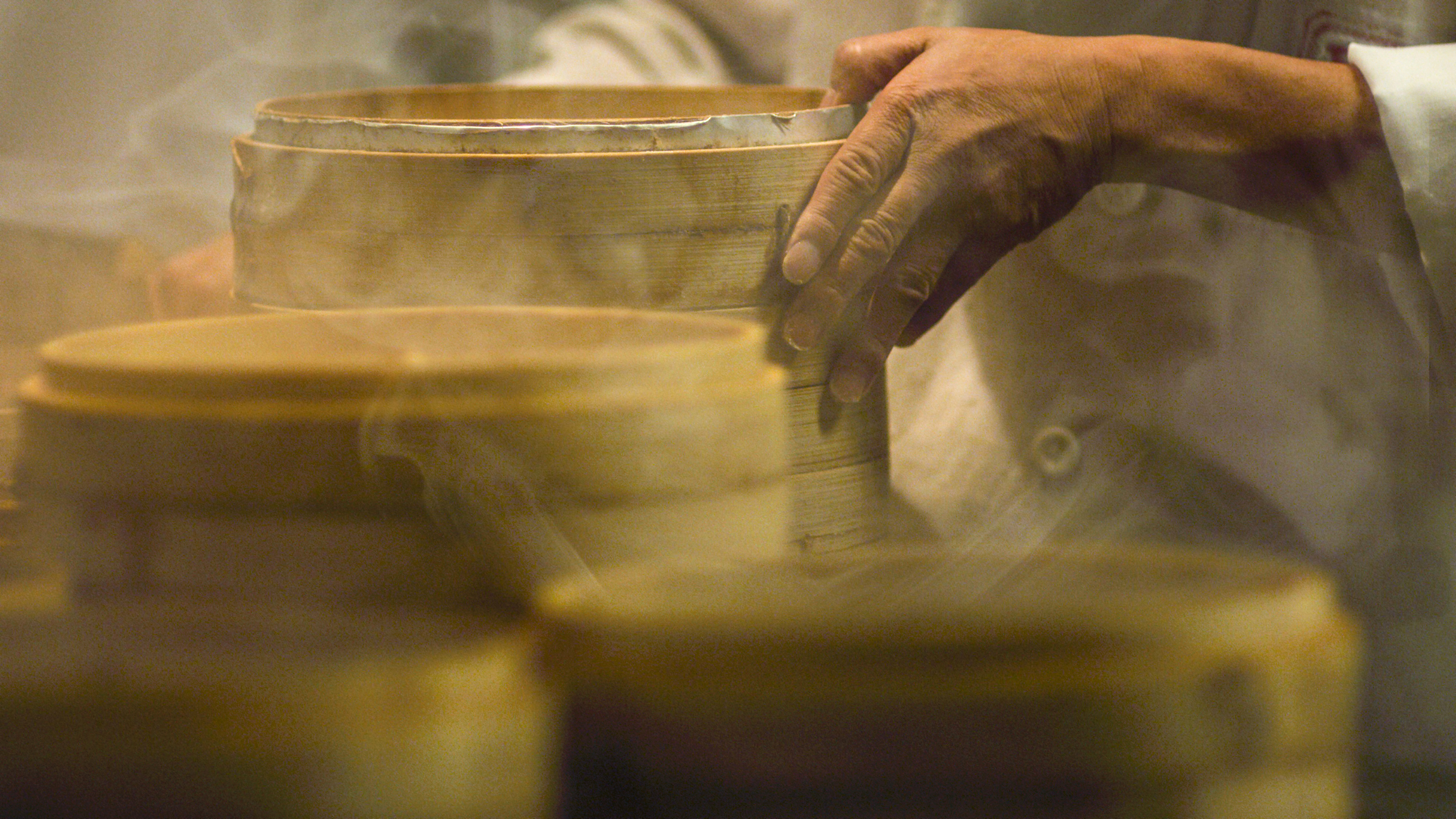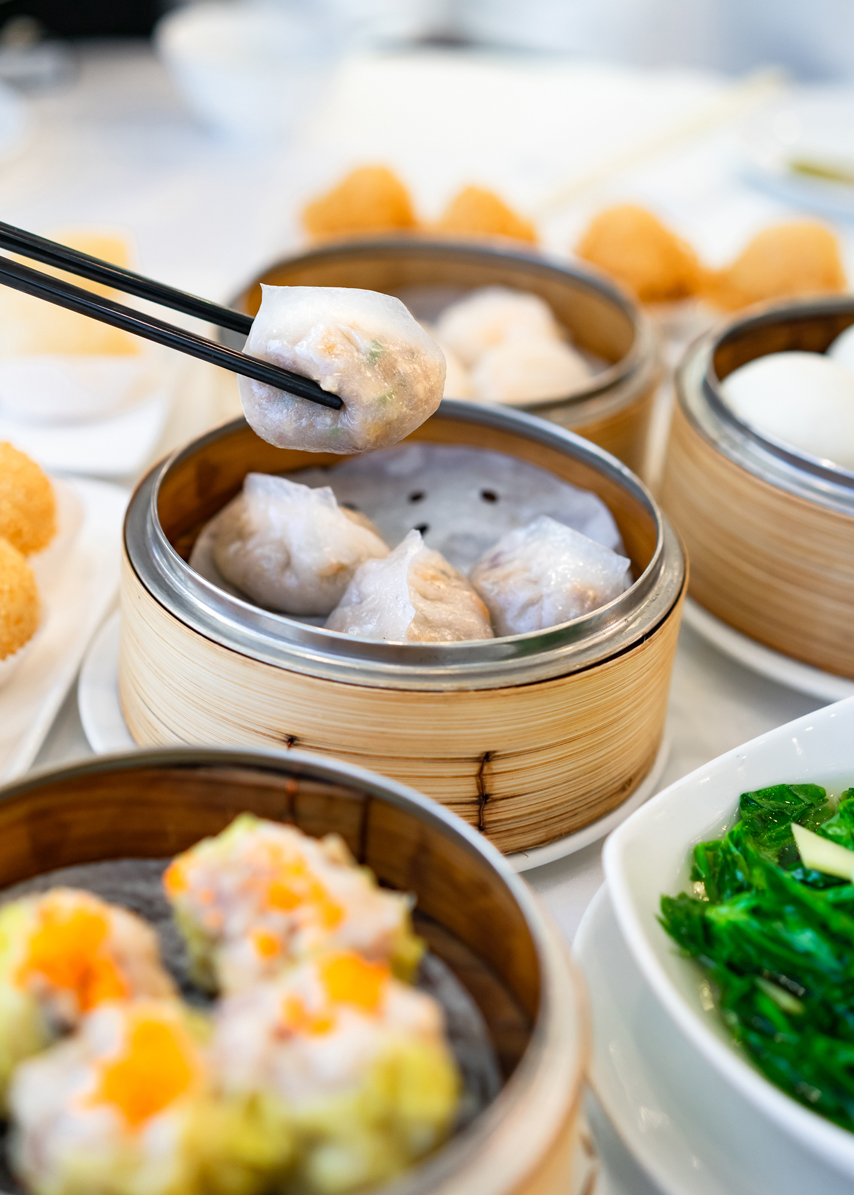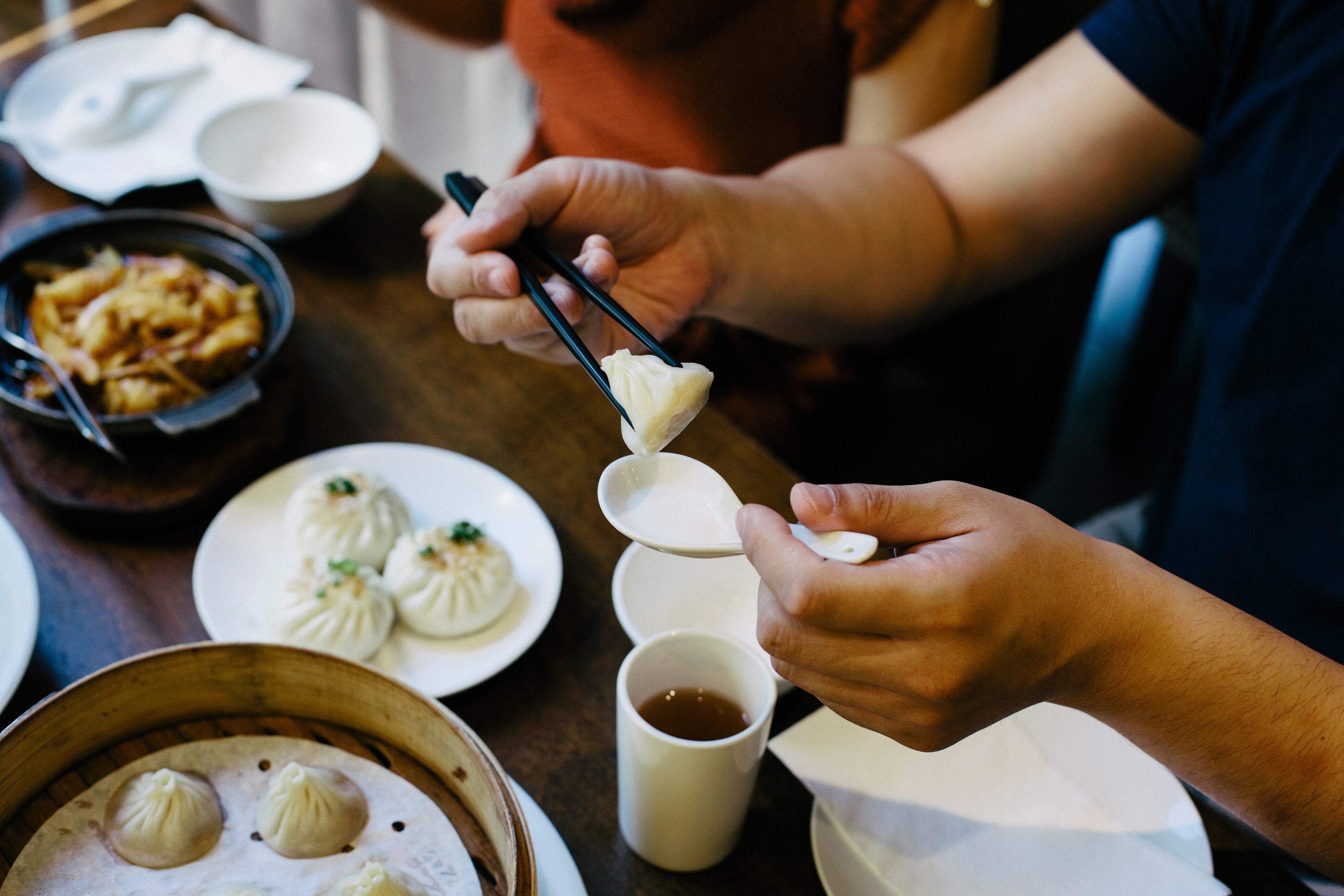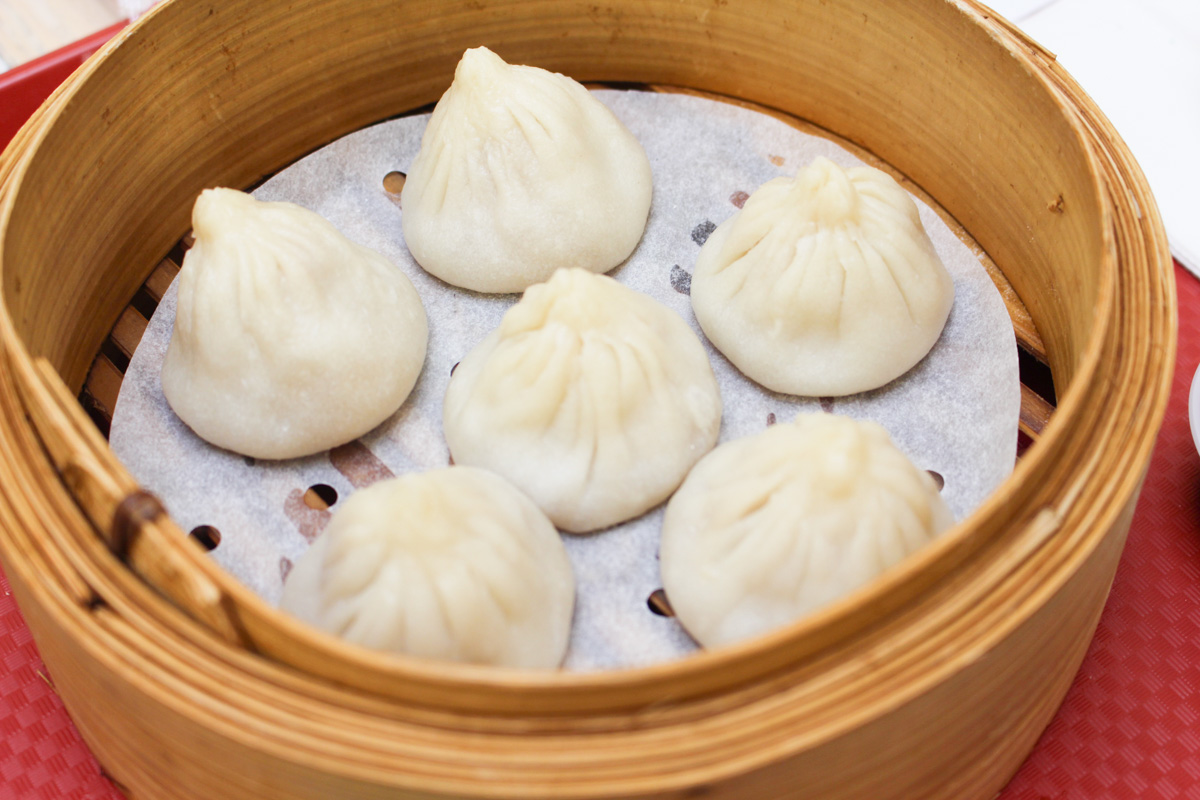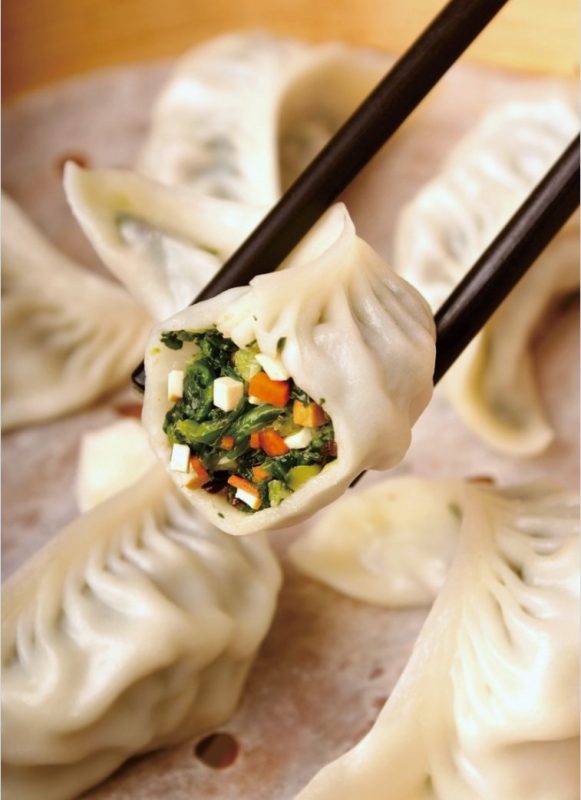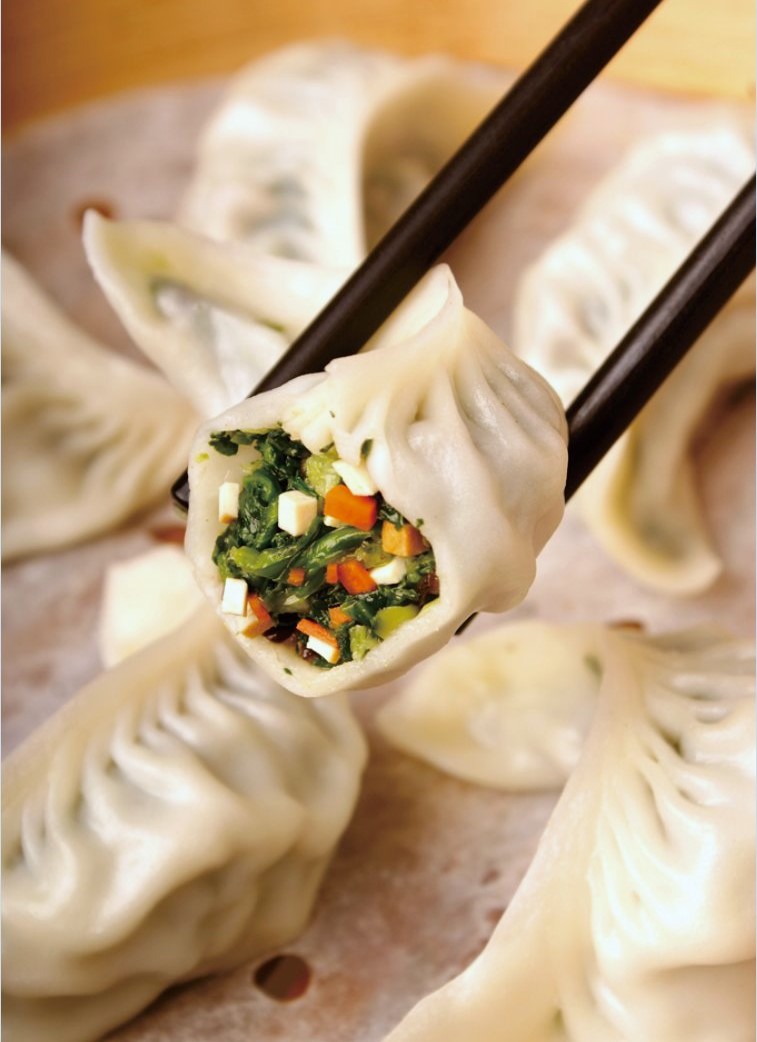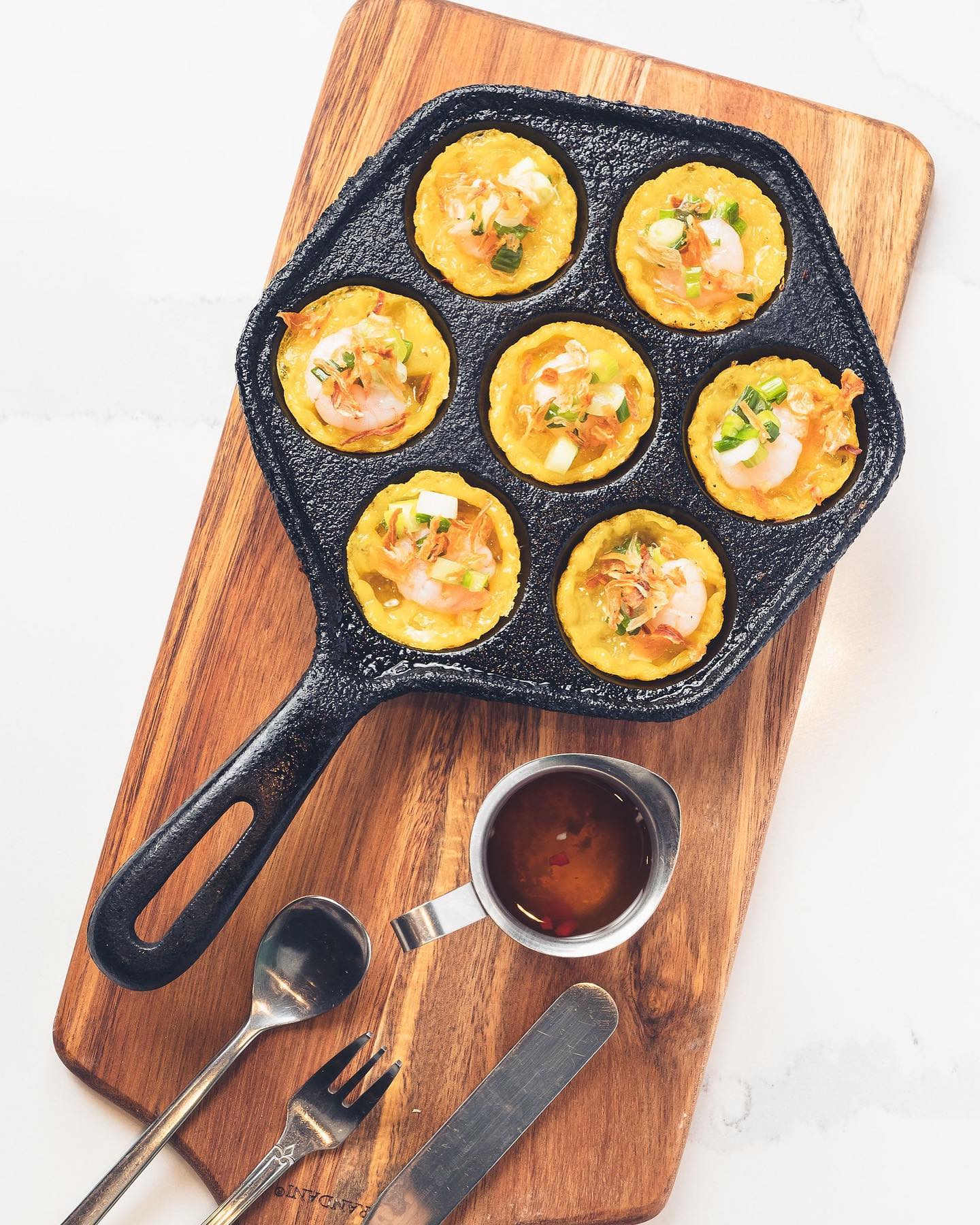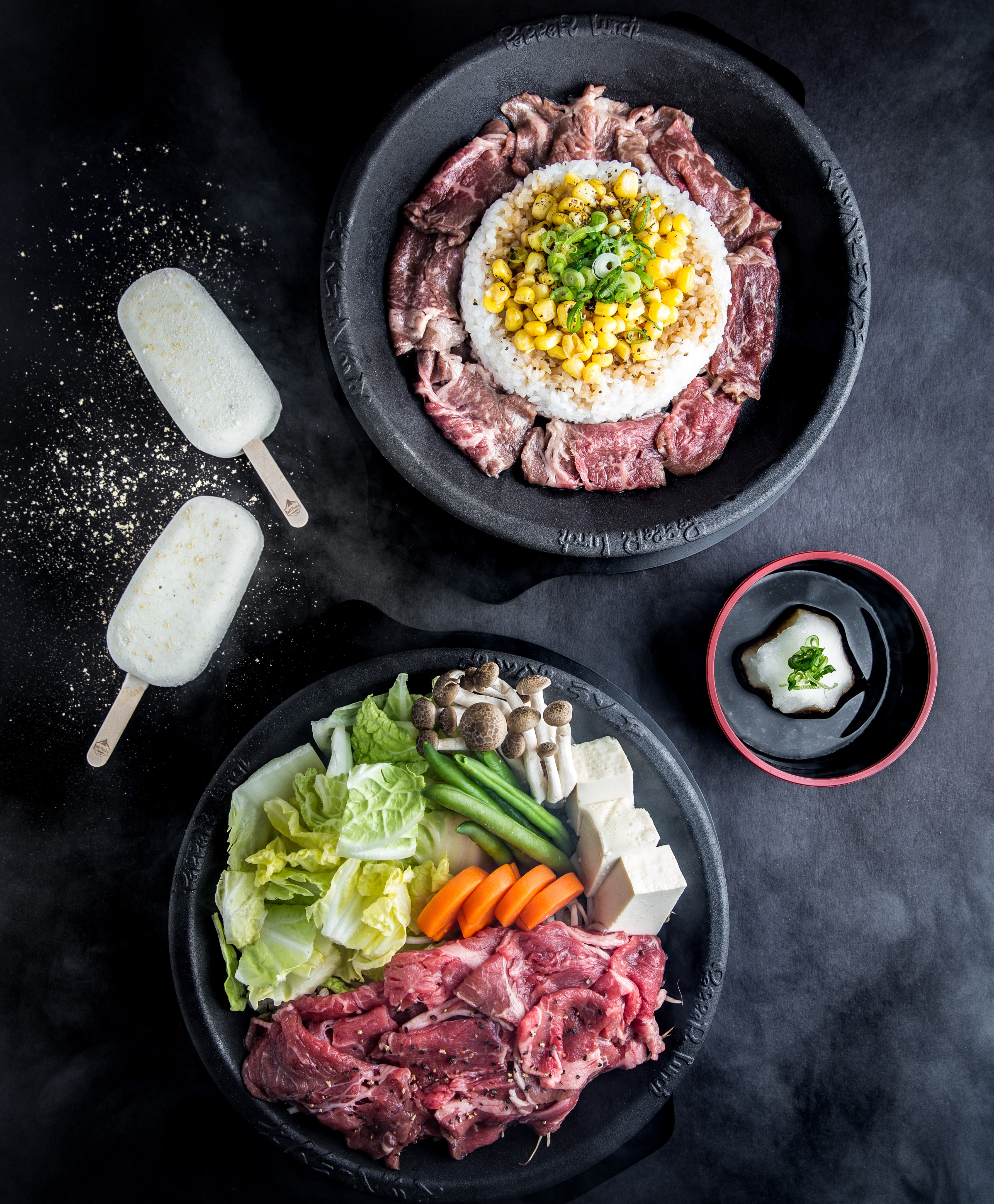
Silkway Halal
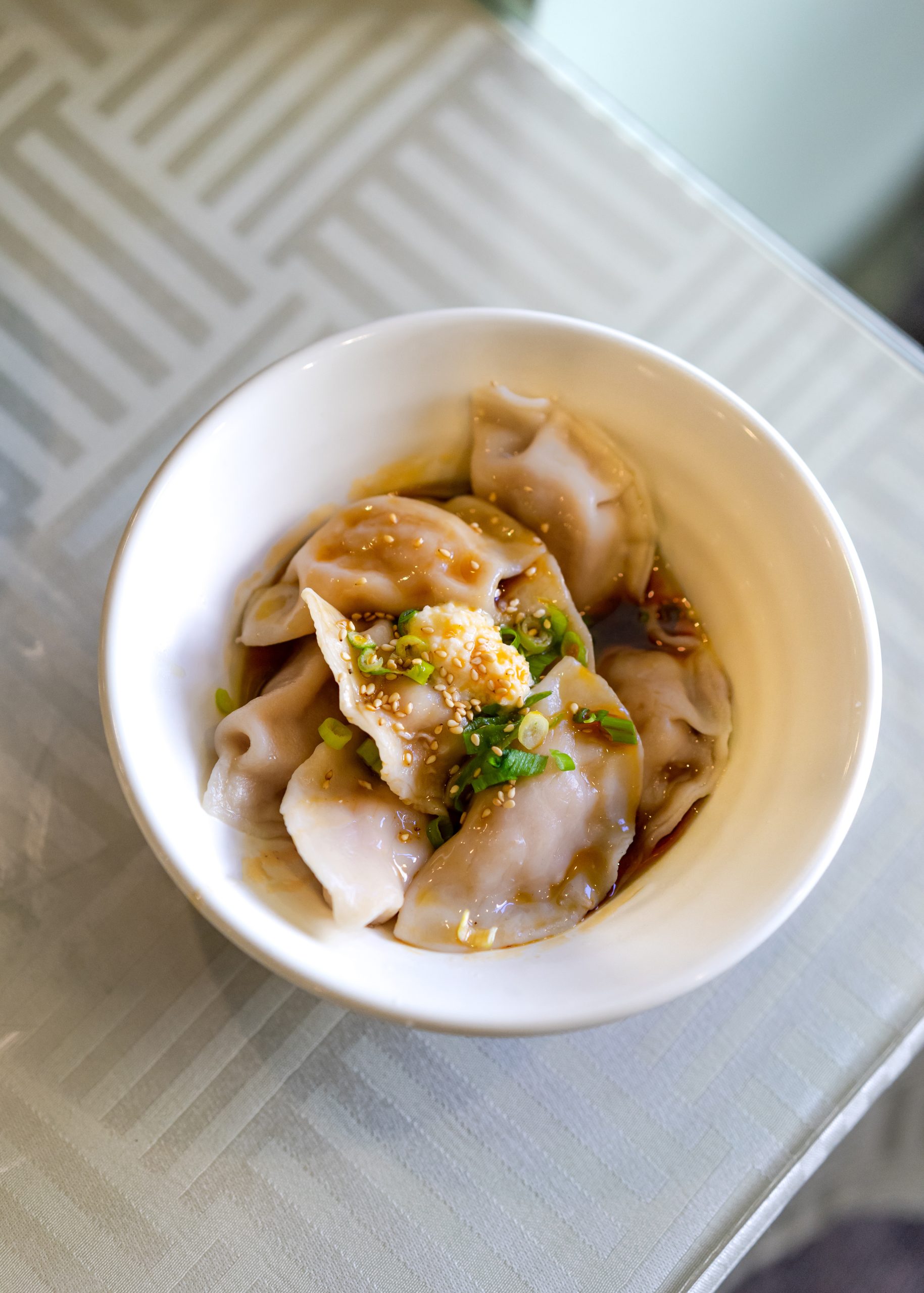
Silkway Halal
HUI CHINESE
Silkway is a Chinese Muslim restaurant. Its owners are Hui Chinese, from the Ningxia Hui Autonomous Region in northcentral China. The Hui, representing nearly 10 million people, is one of China’s largest and most widely distributed ethnic minorities. They are the descendants of Arab traders who entered China 1,500 years ago. The Hui have intermingled with the Han (China’s ethnic majority) and thoroughly assimilated into Chinese society. Unlike the Uighurs, the Hui do not have a distinct language and predominantly speak Mandarin.
HALAL
The food at Silkway is all halal. This means: there are no pork dishes on the menu or dishes that contain pork by-products; the meat (largely lamb and chicken) comes from animals that have been fed a natural diet and slaughtered under strict Islamic guidelines; and the food is not prepared with forbidden ingredients such as alcohol, blood, animal shortening or rennet.
NORTHERN CUISINE
Silkway is a great place to explore and discover something new. The menu includes hearty, spicy dishes from all across northwestern China, including stewed goat rib, cabbage hot pots, braised Xingiang-style chicken and cumin lamb skewers.


